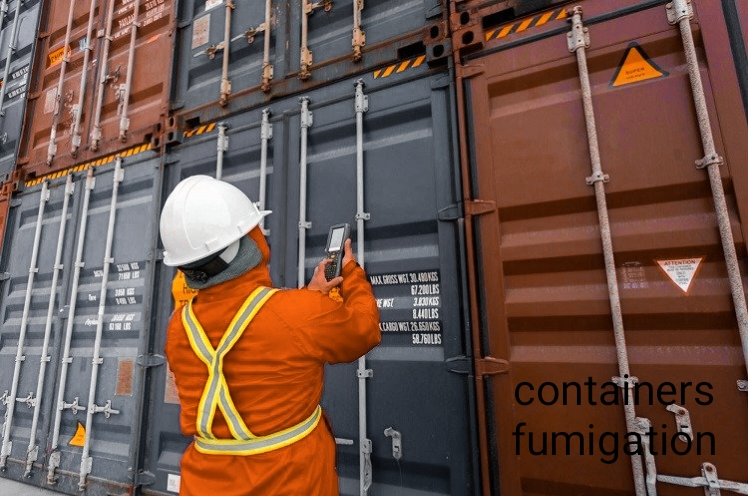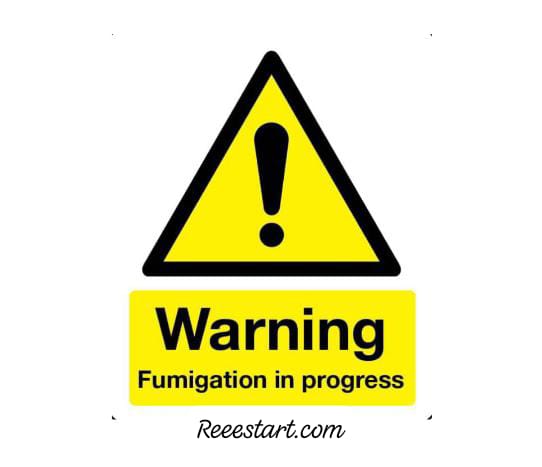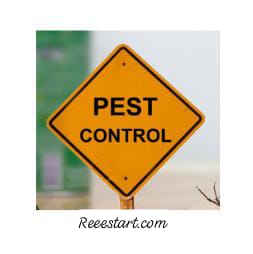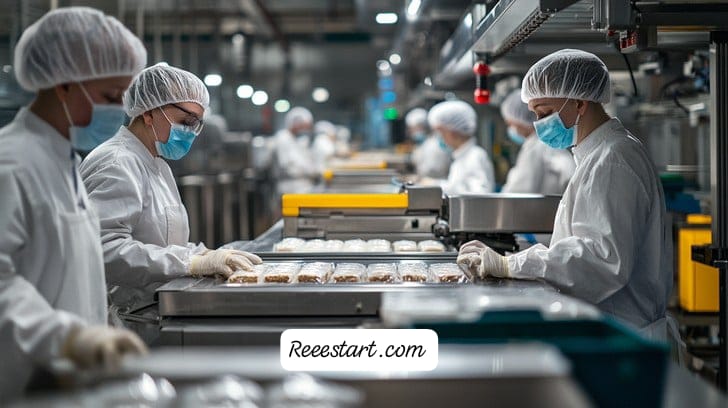Fumigation of Commodities is not just a simple process of eliminating pests, but a sophisticated and critical tool that requires careful planning and execution. The use of lethal gases in an enclosed space is necessary not only to protect the commodity from damage but also to comply with strict import regulations imposed by different countries.
Fumigation of Commotidies
Fumigation is performed to ensure that pests are eradicated, preventing them from causing losses to the commodity by reducing its quality, weight, and nutritional value.
- Moreover, pests can contaminate the commodity with their excreta, eggs, and dead bodies, posing health risks to both humans and animals.
- By killing the pests and preventing their reproduction, fumigation safeguards the commodity from such risks.
- In addition, fumigation is indispensable for meeting the phytosanitary standards set by various countries.
- These standards aim to prevent the introduction and spread of pests and diseases through international trade.
- Fumigation serves as one of the methods to guarantee that commodities are free from pests and diseases, thus facilitating smoother trade between nations.
- Furthermore, obtaining a certificate of fumigation may be required to prove that the commodity has undergone the necessary treatment and is safe for import.
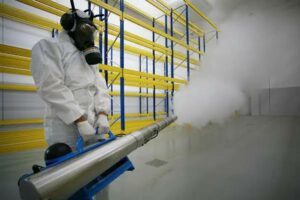
Why is Fumigation Important?
- Pest Prevention, Protects commodities from insects that can cause damage, contamination, and loss during storage and transportation.
- Compliance, Many countries have strict import regulations requiring fumigation to prevent the spread of pests and diseases.
- Preservation, Helps maintain the quality and value of commodities by preventing deterioration caused by insect activity.
The actual process of Fumigation
When it comes to the actual process of fumigation, there are several crucial steps involved:
- Preparation is key, as the commodity must be cleaned, sorted, and packed appropriately before fumigation.
- The fumigation site also needs to be adequately prepared, with any openings sealed and proper ventilation ensured.
- The fumigator must also consider weather conditions, temperature, and humidity before proceeding with the application of the fumigant.
- Speaking of application, the fumigator carefully follows label instructions and dosage rates to apply the fumigant.
- The form of the fumigant – whether pellets, tablets, liquids, or gases – may vary depending on the type of commodity and enclosure. Monitoring the concentration of the fumigant and exposure time is crucial to ensure effective pest elimination.
- After the fumigation process is complete, aeration is necessary to remove the fumigant from the commodity and the enclosed space.
- It is essential to measure the residual level of the fumigant to ensure it is below the safe limit before the commodity can be transported or stored.
Common Commodities Requiring Fumigation
- Agricultural products,Grains, pulses, dried fruits, spices, and cocoa beans
- Wood and timber, Packaging materials and wooden products
- Textiles and clothing, Fabrics and garments
- Stored products, Foodstuffs, pharmaceuticals, and industrial materials
In conclusion, fumigation is not just a simple solution to pest problems; it is a complex and hazardous process that demands the expertise and supervision of a professional fumigator. Its role in ensuring the safety and quality of commodities, as well as facilitating international trade, cannot be undermined. Fumigation plays a vital role in protecting agricultural commodities and meeting the regulatory requirements of global trade.

